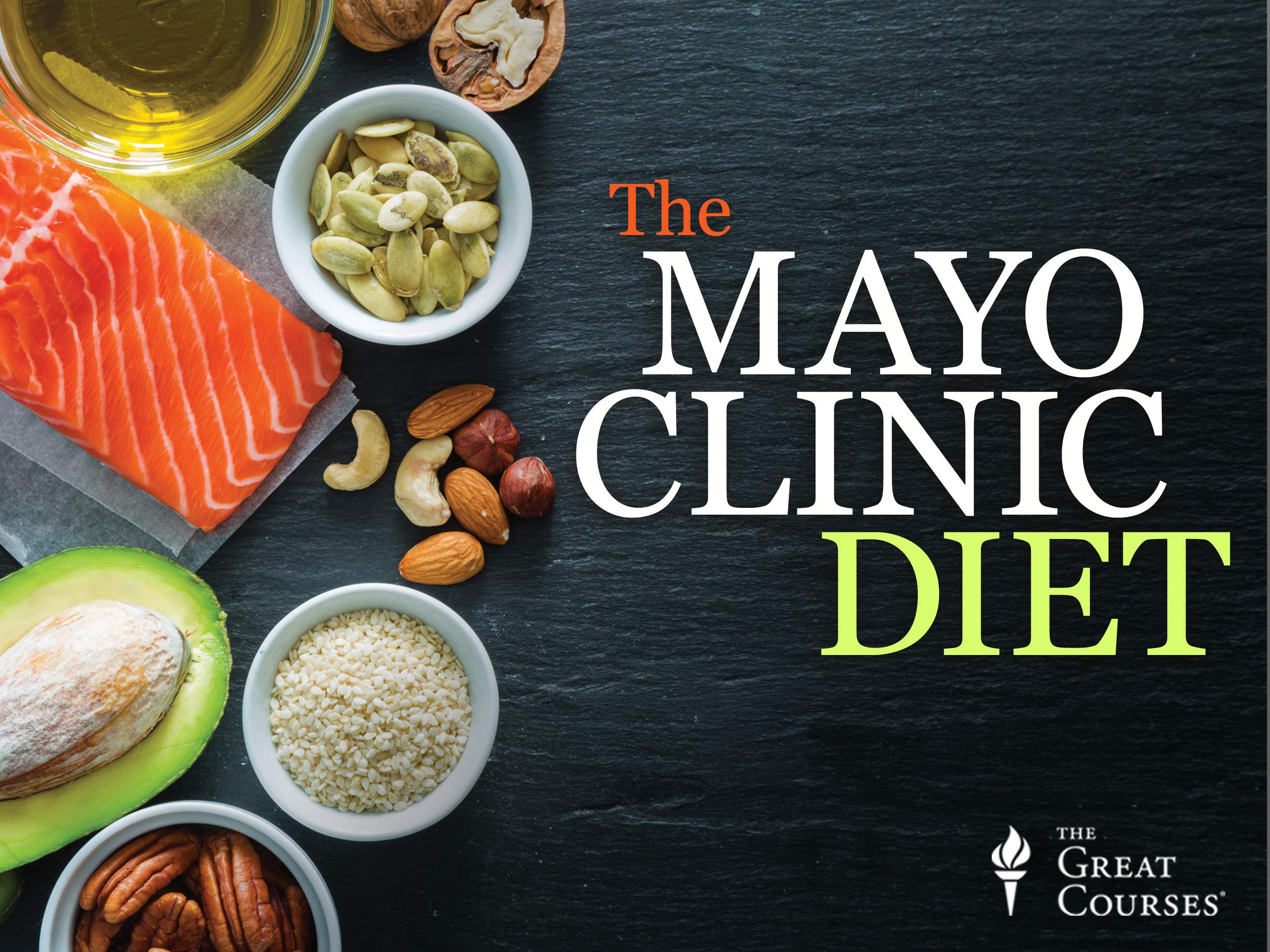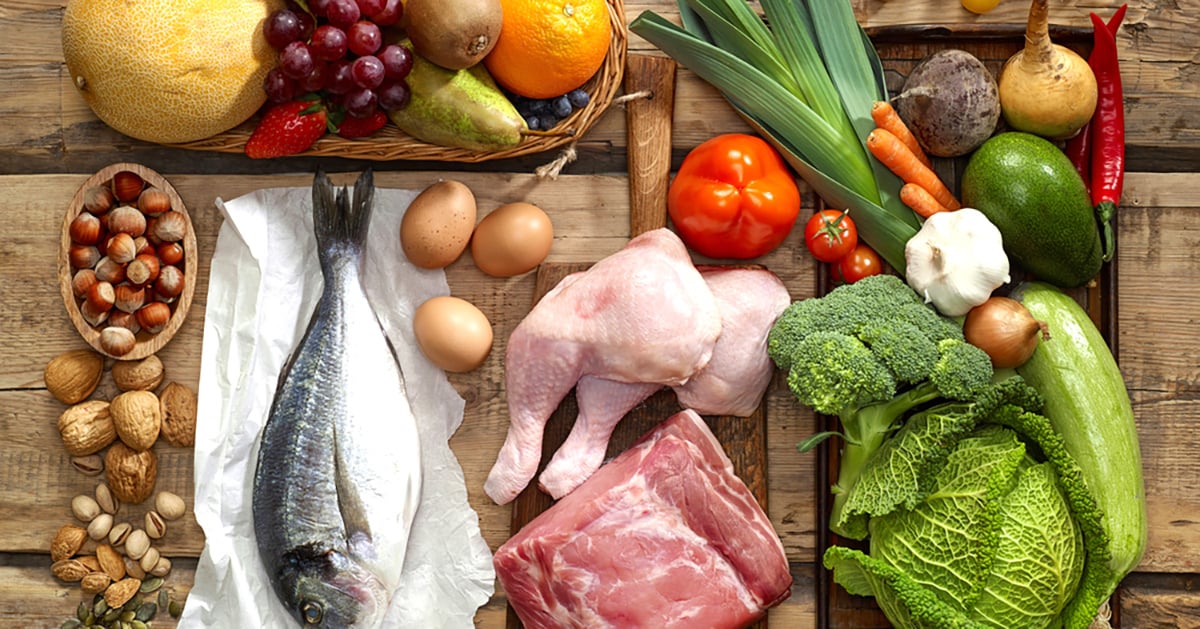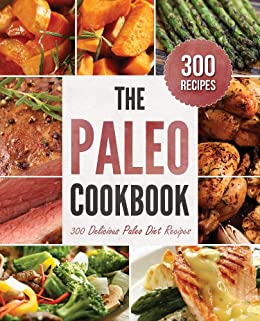
The menu diet paleo encourages us to eat the foods our ancestors enjoyed. This diet includes foods like apricots, dried pumpkin seeds, and banana with almond butter. It is also filled with chicken, sweet potatoes, and vegetables. EatingWell recognizes the importance of certain foods, even though the paleo diet can seem restrictive. Here, we'll discuss which ones you can eat while still maintaining a healthy diet.
Pola Makanan Paleolithic Manusia
Christina Warinner, Ph.D., studied pola makan manusia purba and mitos-mitos pola makanan paleolithic manusia in 2010. She reveals that manusia Paleolithic manusia was a large consumer of daging and enjoyed all kinds of meat. This myth was popularly believed by paleolithic individuals, but it is now obsolete and irrelevant.
The diet paleo, also known to be the diet the manusiagua, allows for a more traditional way of eating that is similar to what manusias gua or man used to have. They preserve their heritage, and their kesehatan will be better. This diet is not right for everyone. This diet is not suitable for everyone and is only recommended for a small number of people.
The Ramasokat lukisan includes two types of Kelompokan: the ceruk and the lukisan. They were grown in the Sulawesi Tenggara area and Liabalano. The lukisan gua has a combination of proteins, fats and carbohydrates. These nutrients support healthy living. They may also help us understand the details of human evolution.

The diet of modern humans has many benefits, but also a few risks. People who consume foods high in nutrients, like those in the Paleolithic Era's Paleolithic Era are more likely to get diseases. Healthy eating habits can help lower your chances of developing diseases. And if you are interested in eating healthier, try the Clean Eating diet. The obvious benefits of this diet are clear: eating low in fats can have positive effects on your health. Also, you won't get sick if you eat too much.
Paleolithic diet: Foods allowed
Foods found in processed foods often contain added sugars, vegetable oil, and artificial sweeteners that can be harmful to your health. The excess salt and refined sugars that are found in processed foods can lead to obesity. Heart disease can also be caused by high levels of salt. Vegetable oils have also been controversial. The American Heart Association recommends using corn or safflower oil to replace canola. These oils contain high amounts of omega-6 fat acids.
Many commercial paleo diets restrict dairy products to a minimum, while others have stricter restrictions. Paleolithic diets allow certain foods, such as lean pork loin and roasted chicken with onion, carrot stuffing and steam broccoli. Other paleo diet plans allow small amounts of maple syrup or honey. There are varying levels of scientific research about the benefits of this diet.
One thing that paleo fans recommend avoiding are legumes, which contain high levels of phytic acid. These substances can inhibit the absorption essential minerals from the stomach. However, they are permitted in some cases. Even though it might be tempting to eat lentils and potatoes, you shouldn't add them to your diet as often or as frequently as you would with other processed foods. It is better to include lots and plenty of fruits & vegetables in your daily food plan.
Guidelines for eating a paleolithic lifestyle
Although they differ greatly from the standard modern diet, the Guidelines for Eating Paleolithic Diet have the same basic principles. While the Paleolithic diet was primarily composed of animal products, it is also rich in plants, and there are few limitations. The diet is not for everyone. It is important to be cautious if Paleolithic living might suit you.

Paleolithic diets exclude dairy products as the most common food group. You may be at risk of nutritional deficiencies if you cut out these important food groups. Tooth decay can be caused by a deficiency of calcium. A diet low in this mineral may also cause problems with your bones and teeth. Furthermore, calcium plays a role in blood clotting and muscle contraction. Whole grains can reduce your risk of stroke, heart disease and type 2 diabetics. However, since grains were virtually eliminated, you might be at high risk for calcium deficiency.
There are many principles that guide Paleolithic food choices. It emphasizes eating healthy foods and nutrient-rich plants. It also limits processed foods. You should follow these guidelines carefully to avoid going overboard. Keep in mind that every person will have a different paleolithic food plan. It is important to remember that the Paleolithic diet was based on a lifestyle that existed 10,000 to 12,000 years ago.
FAQ
What should a beginner cook first?
A beginner should start cooking something easy, like pasta, rice, or soup. If you want to learn how to cook, go for a recipe book or YouTube video. It's much more fun to cook with someone you know. Enjoy cooking with your family, friends, or both.
What Are the Requirements To Be a Chef?
To become a chef, you must have a bachelor's degree in culinary arts. A series of tests administered to you by the ACF will also be required. Once you've completed these requirements, you'll receive a certificate verifying your qualifications.
What are my options for learning about cooking?
There are many cooking classes available all over the country. Many schools offer courses in baking, pastry, and wine tasting. You can take a class at your local vocational school or community college if you are interested in learning more about cooking.
Which is the best way for you to learn how to cook?
Cooking can be something everyone should master. You'll miss out on delicious meals if your skills are not up to par. When learning how to cook, the first thing to do is find a recipe you love and follow it closely. Next, practice making small changes until you are comfortable cooking the dish. The last step is to cook for others. This will help you improve at cooking and also allow you to test your skills.
What skills is required to attend culinary school
To be a chef you need to be able and able to cook well. You should enroll in cooking classes at local community colleges or high schools to learn how to cook. After you have learned the basics, you can apply for jobs in a restaurant or catering business.
Statistics
- On average, chefs earn $58,740 a year, according to the BLS. - learnhowtobecome.org
- The median pay for a chef or head cook is $53,380 per year or $25.66/hour, according to the U.S. Bureau of Labor Statistics (BLS). (learnhowtobecome.org)
- According to the BLS, chefs earn $58,740 a year. (learnhowtobecome.org)
External Links
How To
How to cook a Steak
The type of meat you are cooking will determine the right method to use. For example, thinner steaks are best cooked over low heat, while thicker ones need higher temperatures.
It's important to not overcook the steaks as they will lose their taste. Make sure to remove the steaks from the pan after it is done. This will help you avoid burning your skin.
Cooking time will depend on the size of your steak and the desired level of doneness. These are some guidelines:
Medium Rare: Cook the meat until it reaches medium rare (63°C). This can take anywhere from 3 to 5 minutes per side.
Medium: Cook until medium, which means the internal temp reaches 160degF (71degC). This usually takes only 6 minutes per side.
When done well, cook until the internal temperatures reach 180°F (82°C). This usually requires 8 to 12 minutes per side.